2023: BACKING OFF THE ONLINE
Yep, that’s my advice for you in 2023. Get away from your screen a little, get outside and log out on your way out.
Not that I’m in any real position to be giving advice although these days it seems that as soon as you have a social media account, you’re automatically licensed to tell me unequivocally what the best burger is in London (have you tasted every burger on offer in London?) or proclaim that tonight’s beurre blanc wasn’t good (have you ever made one, from scratch?).
So this advice doesn’t come with any shortsighted unequivocality (a word, apparently), it’s more of a suggestion, dare I say recommendation, based on a couple of long overdue returns to Japan these last couple of months.
These last three years we have been blessed to have had the technology within arms reach to chat with friends and family, drag some out of lockdown funks and pretend that all’s been OK, despite the shenanigans of the virus just 1.5m away from you.
With no travel possible, it’s miraculous to have spent, virtually at least, what must be almost a month “on tour” in Japan’s breweries. I’ve never seen so many koji rooms, bubbling moromi tanks and Yabuta. Despite such prolonged dining bans here in Hong Kong, I probably had more kanpais in 2021 than ever before as Sake lovers around the world came together and unmuted themselves to glug down yet another choko of Japan’s finest export.
But now the borders are open, even here, and so it’s time to suck up those inflated airfares and fulfil those slurred pandemic promises. Get yourselves to Japan.
And many of us Sake folks have done. Several times. For several weeks. Or months.
And so to my point. Online is great and I’m indebted to those who took up the challenge and innovated so quickly and successfully. However you just can’t beat the in person experience. The fastest bandwidth and highest definition screens are no substitute for the experiential visit to that same place.
Let me share a few examples from my two ’23 trips to Japan to help clarify what I’m muttering on about.
Me, in the stripy hat (Miyasaka Brewery, Nagano)
Working in a Sake brewery is hard and it’s cold, damn cold. I’d largely forgotten this and so my clothing count on the second day of visits noticeably trumped day one’s garb. Sat on my laptop, I’d normally have the air conditioning on, or at worst turn the fan speed down a setting to maintain the cosy environment. It certainly allows you to quickly forget this aspect of the brewing industry.
No such luck for the kurabito. Breweries want it to be (mostly) cold to manage more easily the pace of fermentation. Insulation of the brewery buildings, some centuries old, would win no awards for thoroughness, with structures seemingly often styled to actively funnel the most chilling of draughts and gusts through.
Secondly, it ain’t easy making money in the Sake game. Online, our upbeat virtual brewery visits betray the realities that brewers are under pressure to stay afloat. Not all of them, of course not, but Sake is very honestly priced meaning that margins are constantly being squeezed. Unlike the wine world, reputation and scarcity isn’t factored in like it can be for the powerhouse producers in Burgundy and Bordeaux.
Case in point came about during an off at a tangent discussion at Izumibashi Shuzo whereby the ever charming and smiling Mr Yuichi Hashiba presented a warts and all financial dilemma he’d been working through. In short, Izumibashi is a pioneering kind of place, growing some of their own rice for Sake making and thereby becoming farmers as well as brewers.
Growing Sake specific rice varietals is not easy, Mother Nature tends to mess with your happiness throwing in curve balls during the growing season in the shape of typhoons and plants can often collapse under the weight of the grains. Table rice growing is a lot easier (which partly explains why 97% or so of Japan’s rice production is for eating) but this isn’t what’s in Izumibashi’s growth plans.
Either way, Yuichi-san’s calm and jolly persona do a lot to dissolve away this predicament. I bet he’s a good poker player.
What else? Well, breweries can be quite cramped. To be honest, as I fill out in my late forties, most places feel cramped but I had forgotten how breweries tend to be quite ergonomically designed to minimise the need to drag heavy bags, buckets and brewing paraphernalia any further than necessary.
Lots of brewing kit, although relatively spacious (best pic I have to prove the point)
Perhaps back in the day this wasn’t the case but as technology has grown in importance, there’s more brewing stuff around with in some cases machines taking over tasks that had for decades been done by hand. Somehow you have to fit them into that same footprint.
Online, the presenters from the brewery tend to float between rooms and spaces, being able to step over hoses and crates seemingly without the need to look down, or glide between tanks without so much as the slightest abrasion leaving overalls as spotlessly clean at the end of the tour as the beginning.
By contrast, bulked out to keep warm wearing pretty much the entire contents of my suitcase, I found myself juggling cellphone photo taking with closely scrutinising each step and yet still managing to pinball my way through the brewery.
I’ll give one last example although there are many more and this truly shows I had been out of Japan too long. I had forgotten how spiritual breweries are.
Sure, we’re seeing more and more enterprise springing up at breweries with elaborate tasting facilities, on site retail and even luxury dining options but in the heart of all of them, there remain the religious and the personal touches.
This handwritten (wouldn’t it be nice to be able to scribe so artistically?) motivational piece caught the eye of John Gaunter when we visited Miyasaka Shuzo, a decent sized player in the Sake world.
Be bold and adventurous, and in the same time be attentive to details
John translated it for me. No corporate musing here, just a genuine plea to the brewing team.
Then of course there are the shrines and historical references that are as much part of the brewery blueprints as anything else, not least this monolithic tribute to Yeast No.7, at the same Shuzo.
Surely you see these hot spots online?
I hear you say, and you’d be right of course. But it’s only when you’re there, looking at them through your own breath in the cold, inhaling the unmistakable aromas of fermenting Sake that you get the true multi-dimensional experience.
It came with much delight that I found myself on the same classes and visits with the same folks that would be next to my chubby face online in all the various global Zoom rooms. I guess they were just as hungry for a reimmersion in Japanese brewing as me.
Sake “Professionals” - back in Japan and not a Zoom in sight!
We all got out and feel all the better for it. So, have you switched off yet?
QUICK GLOSSARY:
Koji: Rice that has been inoculated with Koji-kin mold
Moromi: The main fermenting ‘mash’, comprised of a mixture of yeast starter, koji, steamed rice and water
Yabuta: Brand name of a popular automatic Sake press, often used as a generic term to refer to any make of similar machine. Used to separate the liquid from the unfermented rice solids that are left over from fermentation
Kurabito: Literally ‘brewery rat’, a Sake brewery worker
Shuzo: Sake brewery. Often added to the company name e.g. Morikawa Shuzo
Kura: Sake brewery
LINKS:
Miyasaka Brewing Company, Ltd.
Suwa, Nagano
www.masumi.co.jp/en/
Izumibashi Sake Brewery Co.
5 Chome-5-1 Shimoimaizumi, Ebina-shi, Kanagawa-ken 243-0435
www.izumibashi.com/en/
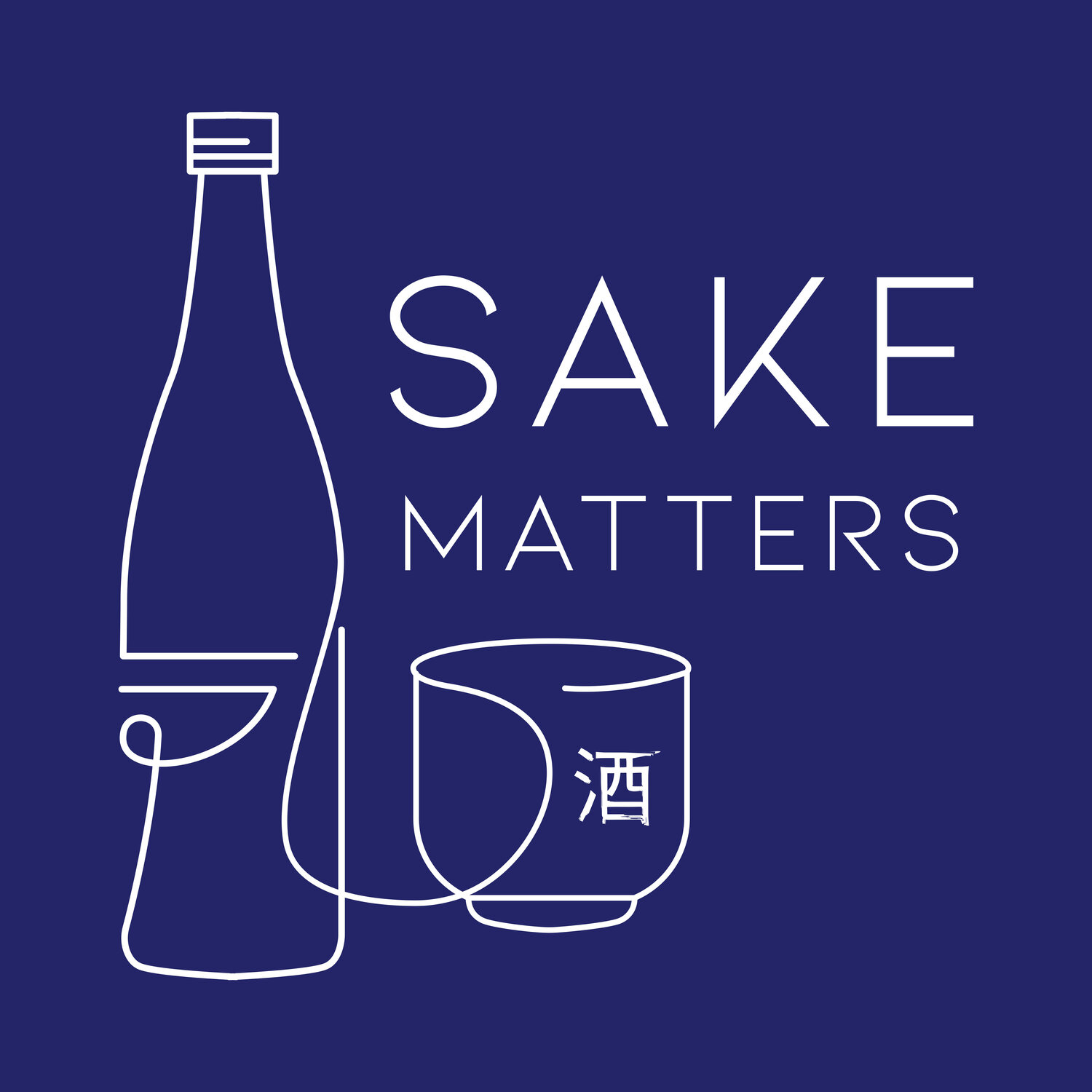
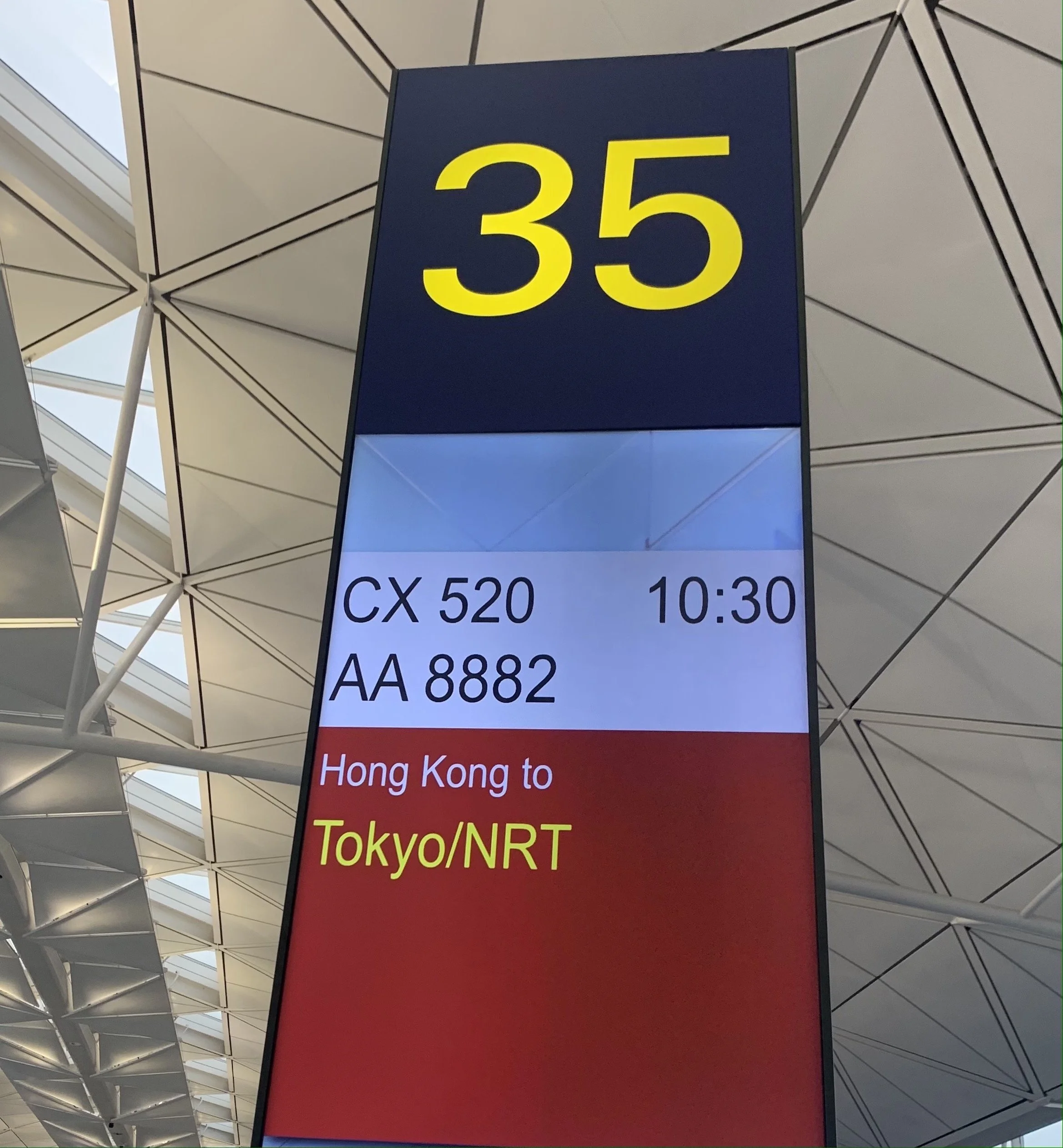


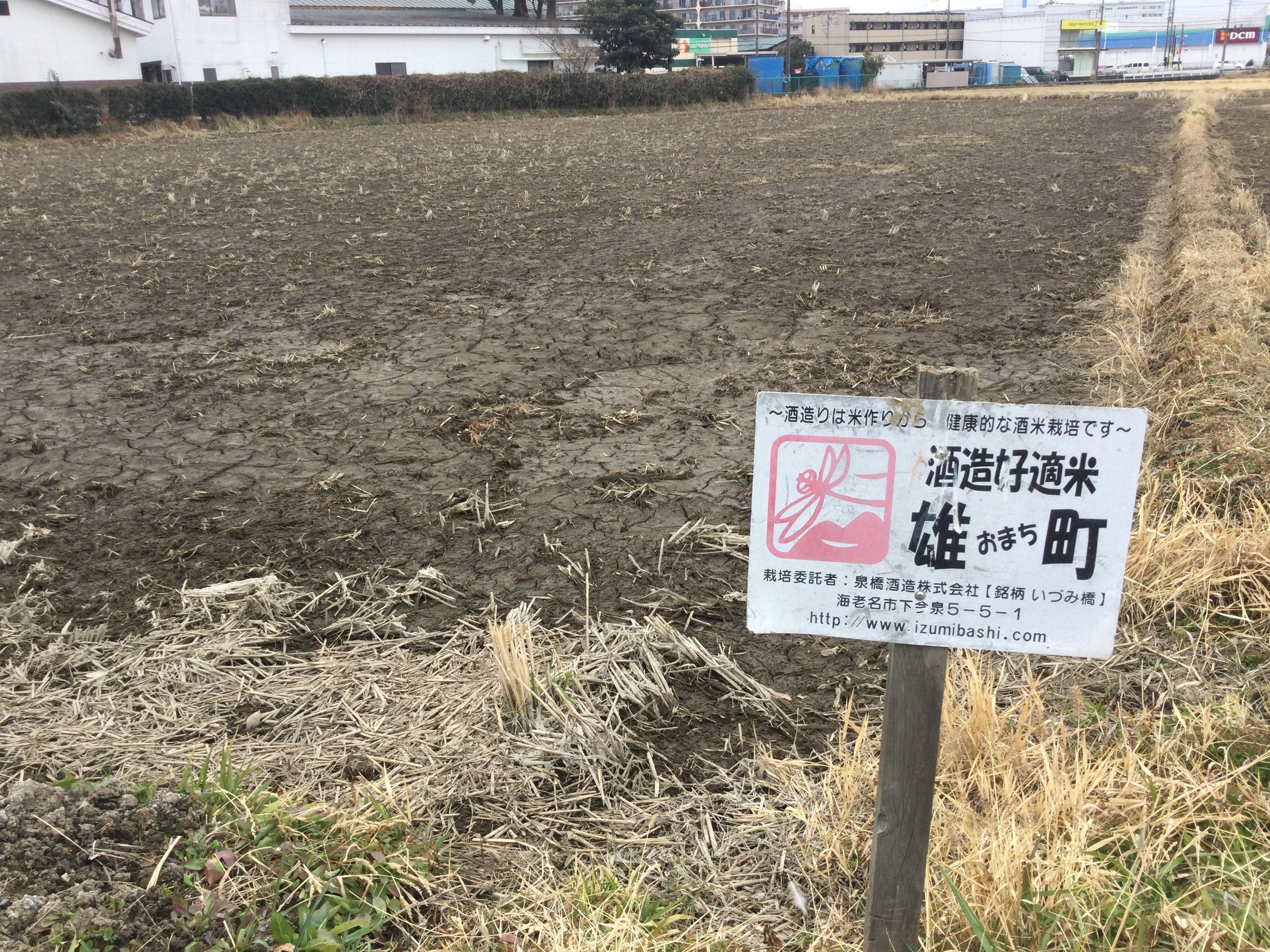


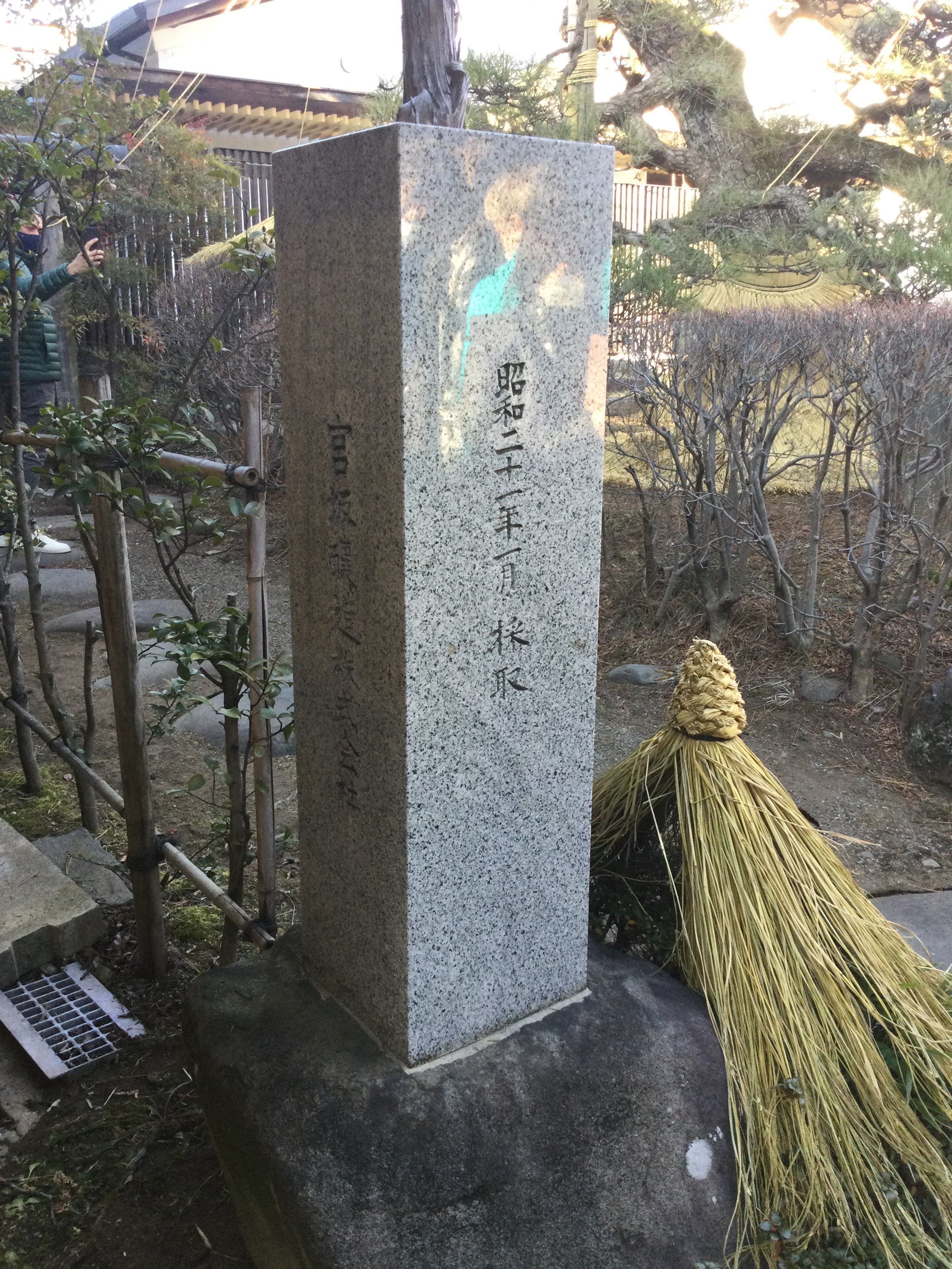
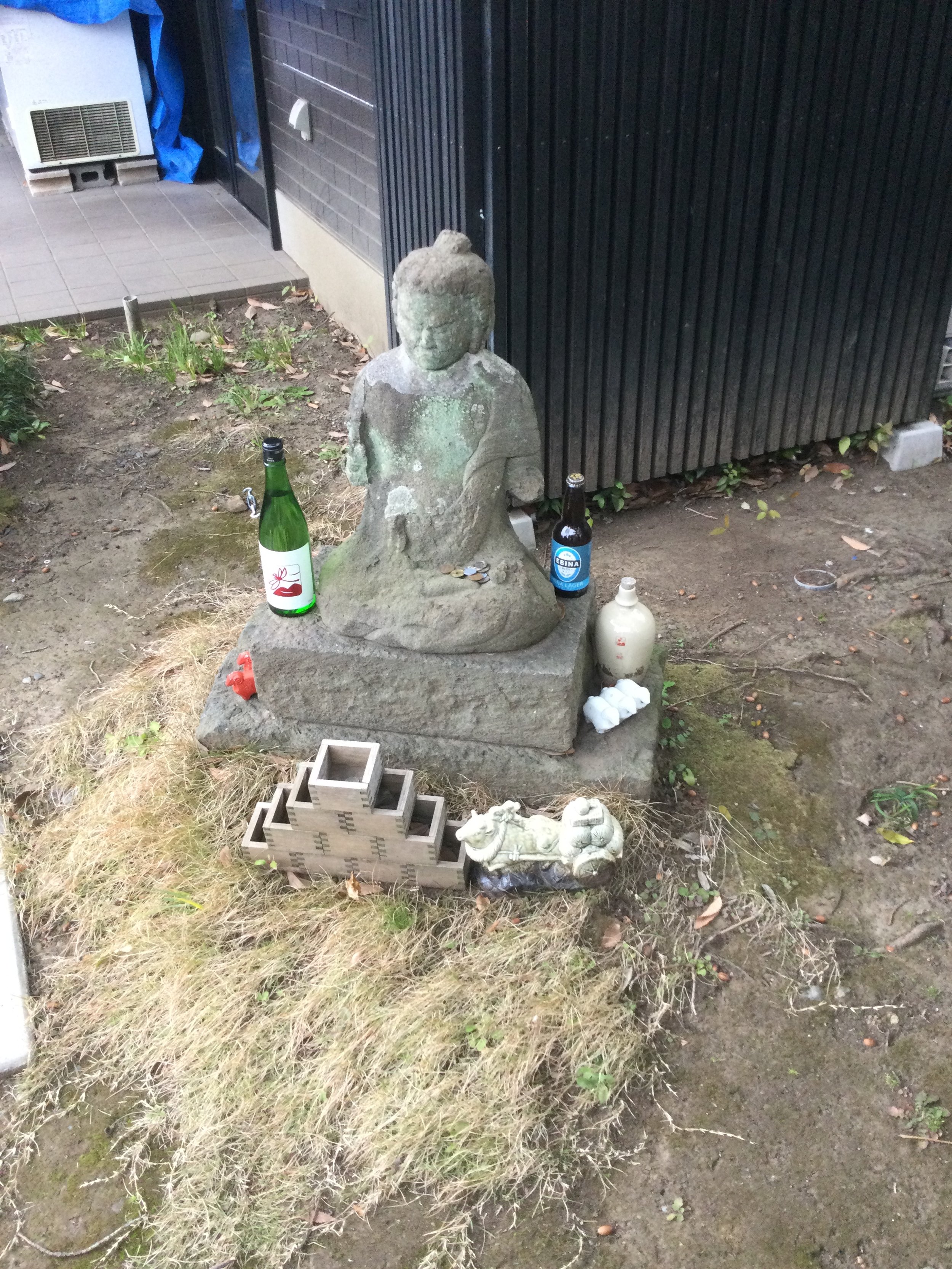



![COULD DO BETTER - Part 1 [Restaurants]](https://images.squarespace-cdn.com/content/v1/5e96799c27ead06f534c181b/1681284969115-NO37TM6MR25OPW6TAZDL/IMG_3765.jpg)



